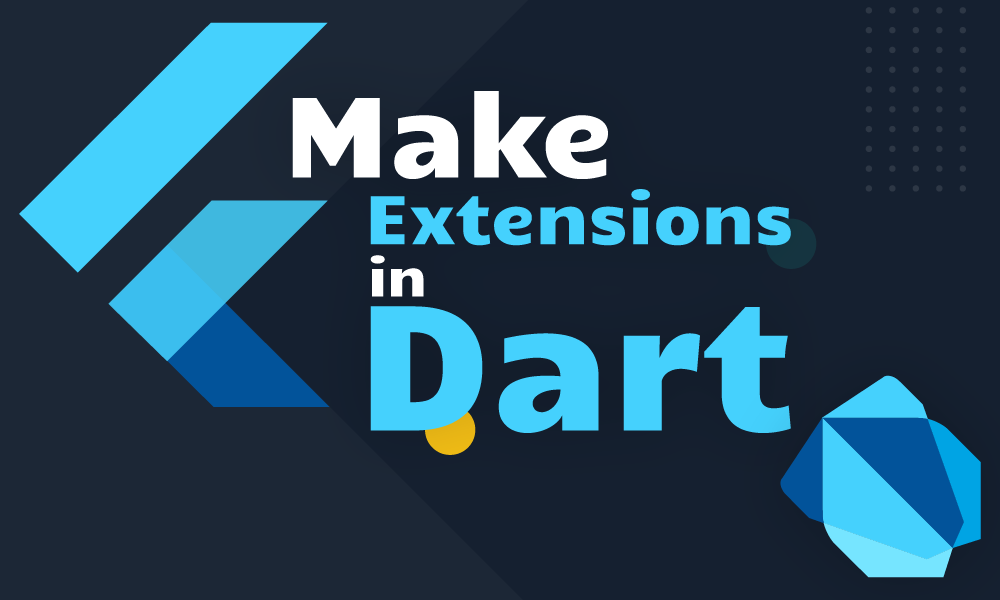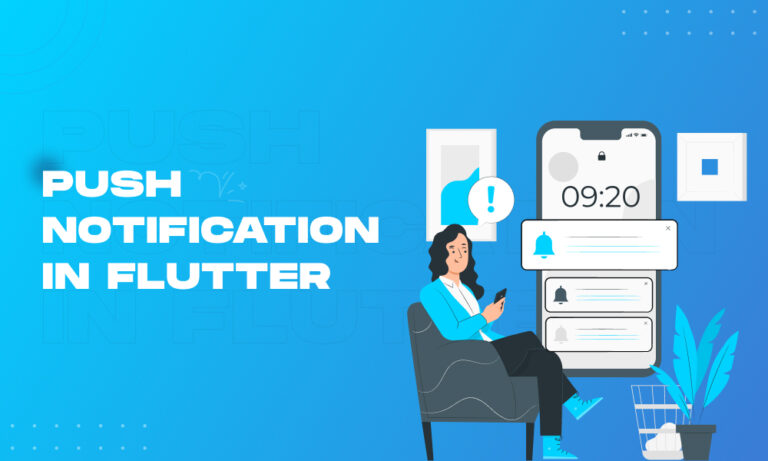Simple & Constructive methods to improve your Visual/UI Design
appstonelab

1. Get acquainted with design patterns
Get accustomed with the UI/UX design patterns and what specific issues they solve. Generally speaking, design patterns are known as common reference points, guides, templates that designers might utilize to resolve a particular issue when designing a website or mobile app, so you do not have to revamp the wheel every single time trying to solve the problem.
I’ve assembled a list of some of the best places to obtain the design specimen on the web:
- pttrns.com A great compilation of mobile design specimens
- uisources.com — mobile design samples & interactions
- uigarage.net — regular UI innovation & patterns for designers, developers
- mobbin.design — screened assortment of recent mobile design patterns from apps that mirror the best in design.
- UI.patterns— User Interface Design patterns are repetitive solutions that resolve prevalent design issues.
2. Coach your eye for good design
People seldom say: You’re the sum of your impact, so as a UI/UX designer you need to develop a sharp eye for good visual design. For us— a creative creature’s inspiration is like fuel to our brains, so that’s why you need to stay inspired on a regular basis in order to become more fruitful. You need to coach your eye for good design every single day — how? Visit Dribbble, Behance, Pinterest (or any website you prefer) and study very carefully the top designers that inspire you — how they use white space, typography, spacing, colour combinations etc. Save/bookmark their designs and start inventing your own inspiration library.
Some of my personal preferences that help me to stay inspired on regular basis:
- Behance — another very well known platform to display & find creative work
- Muzli — Designer’s covert Source: all the design innovation you need. Served fresh.
- Dribbble — Popular places where many inenious people : from individual designers, teams and companies from all over the world displaying their best creations.
- Uplabs — pastors the best of design & development imagination, assets and giveaways. Every day!
- UI motion — group of design admirers who share and debate the most interesting and special UI designs.
3. Learn by replicating trending designers
Replicating is an exceptionally effective process that painters, writers have been using for decades! Copying is about reverse-engineering — rejuvenating top designer’s work as closely as possible in order to make the UI/UX design skills better. Recreating/copying designs that are presently beyond your existing level would help you to move outside your safe place and then you will be extending your visual design skills.
According to Austin Kleon’s (author of the popular book Steal Like an Artist) Nothing is absolutely native — every new notion is quite often just a remix of one or more previously used ideas. Creatives are just the people who have mastered how to utilize and pertain this technique to concrete projects.

“Every new idea is just a mashup or a remix of one or more previous ideas”
This revelation is quite accurate — especially when it comes to UI/UX design. By using design specimens for example, we do not have to restructure the wheel each time trying to resolve a specific design issue.
How to begin replicating then? Acquire designs you love and you’re motivated by — and then precisely start copying them! (concentrate on every single detail when doing it). Remember though — It’s all about the exercise not plagiarism! You’re not trading this stuff or placing it into your portfolio.
“The pre-eminent and quickest way to master a design is to view and emulate more talented & accomplished designers”.
Evidently, this process is not rocket science and it’s nothing contemporary…Even though I’ve found it the most productive and efficient way to make the UI/UX design skills better. I’ve improved and advanced a lot using it — I’m 100% confident that you would too when you start applying this technique.
4. Execute what you’ve mastered
Replicating and rejuvenating others will give you that good taste, so you will get a better understanding and idea of what a good design looks like. Despite that, you need to know how to execute all of your research into real world projects! If you do not have any freelance/economic projects to work on at present — just start working on the idea! How easy is that? 🙂 Do a lot of them! From this, you will be able to build your portfolio, so that’s another advantage of using this procedure.
TIP: Good exercise is to have multiple projects going at once, so you might easily shuffle between them. When you are stuck with one of them, move one to another, and move back to the one you were left at.
5. Practice makes a designer perfect!
Set up your daily design regimen to devote and exercise at least a few minutes every single day as steadiness is important! You will not become a good designer promptly — it’s all about commitment, hard work, a lot of tolerance and practice — you need to keep mastering and working hard everyday as that’s the only way you can grow. Take the time to read books, articles, listen to podcasts or even take a course. The more you do it — the finer you’ll get at it!
Some of the UI/UX related learning platforms that I would highly recommend:
- interactiondesign.org— cluster of amazing UX Design video tutorials, offering industry-trusted course certificates
- CareerFoundry— well known UI/UX learning platform
- LinkedIn Learning — gigantic open online course website providing video channels taught by industry genius in software, creative, and business skills
- Treehouse — Master the web design, coding and a lot more
6. Find a confidant or confidants
Another good way to make your design skills better is to perform under a confidant/confidants. Mentors would help you to step out of your comfort zone which at times is crucial to grow as a designer. Their response and analysis is very advantageous as they will assist you to spot every small detail that you weren’t aware of before. Their assistance will enable you to speed up your learning procedure. How and where to find mentors then? Actually, they do not necessarily have to be the people in your office, locality, city or even country! They can be found online, in videos, books… So what are you waiting for then? Proceed to find a confidant— ask for their assistance and proficiency in order to put your design skill into the next level!
7. Do good work and share it with people
We designers are often treated as idealists — working hard to make our designs look “flawless” and very often not 100% complete with the final outcome. In the UI/UX design world there’s always space for development and there’s always something that could be made better — it’s an intercommunication procedure and our work as designers is literally never over! Although, remember, that you do not design for yourself, you design for the users/customers to solve a specific issue/issues. With that being said, when someone gives you a valuable review, do not feel bad or offended because of it — it’s not about you so do not take it personally. Critiques given by more experienced designers are gold! Master to receive productive feedback as that’s the only way you might get better as a designer.
Despite this, do not be scared to criticize someone else’s work! Contradictorily, giving reviews to others would improve your visual skills as you would be able to coach your eyes for a good design and then direct the details that you haven’t observed before.
It’s all about dedication, hard work, a lot of patience and practice – you need to keep learning and working hard every single day as that’s the only way you can improve. I hope you’ve learned something from this article and found it useful. Wish you all the best and good luck in improving your design skills!


